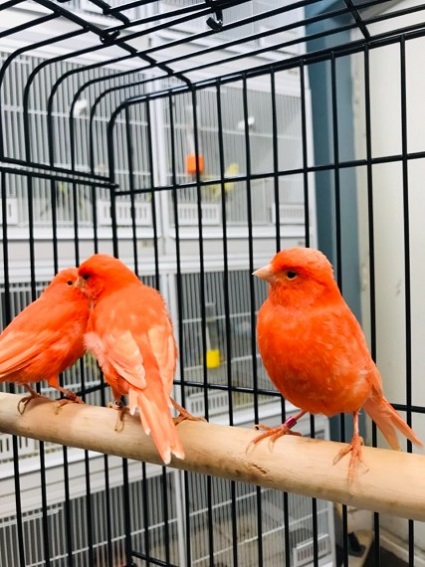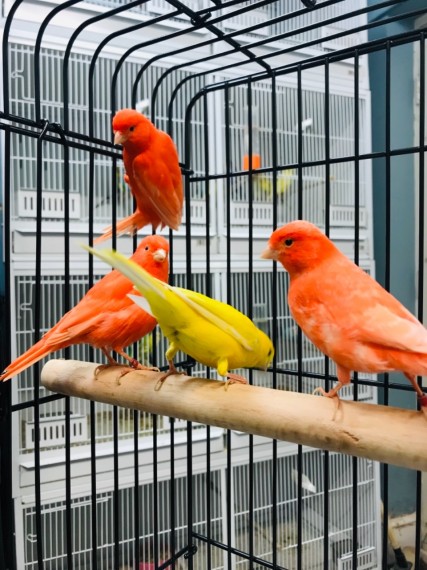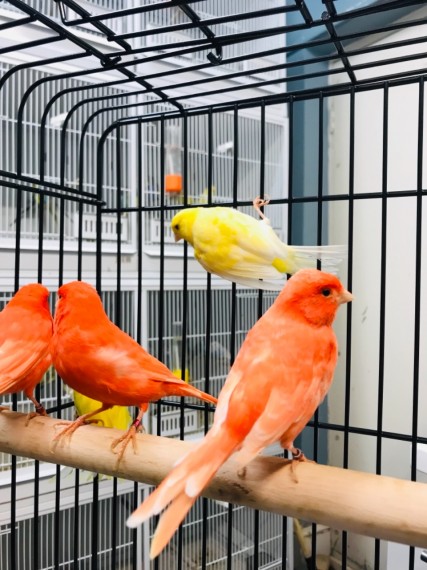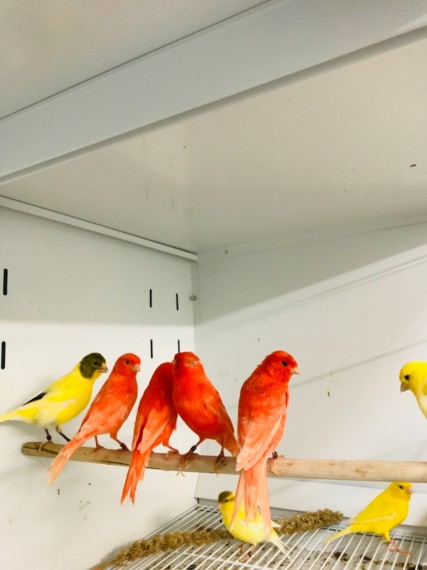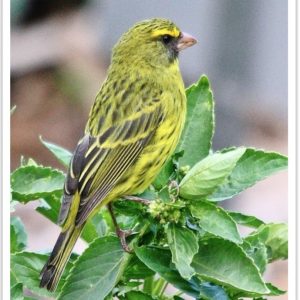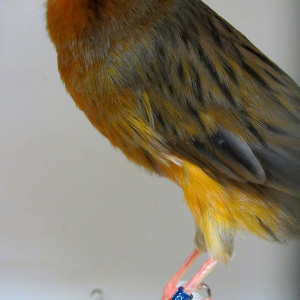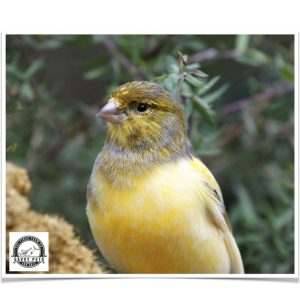Red factor canary for sale
Red factor canary for sale, named after its beautiful plumage, Red Factor Canary is one of the most popular canaries. It is active and lively, enjoyed by both those who wish to keep a pet canary as well as those who specialize in showing. A delightful entertaining little bird, it is hardy and very easy to keep. However they are not easy to breed, so they will need a more advanced keeper for this purpose.
They are active, cheerful, beautiful, and have a delightfully lovely song! With such a busy world today, pet canaries can make an ideal companion for many people. Canary pet birds are colorful and have pleasing personalities. There is nothing like a peaceful, pretty canary song to unravel nerves at the end of the day.
Most types of canaries can sing, though they may not sing all the time. A canary singing is entertaining in itself but they have some other very desirable traits as well. Adding a pet canary to your home doesn’t add an unwelcome burden. They are small, so keeping canaries takes up very little space. They are also less costly to purchase than many of the larger parrots and some of the other soft-billed birds.
Care and feeding of Red factor canary for sale
The canaries like wide open spaces so provide a roomy cage. Provide a cage with vertical bars and small perches of different sizes for foot exercise. Have at least 1 perch set high in the cage for the canary to roost (sleep). The cage should be placed high, so the canary can look down on us so to speak.
The canaries eat mainly canary seed and rapeseed. Vitamin coated canary seed mixes are readily available at a pet store. Greens are also enjoyed and can be offered daily along with a little calcium in the form of a cuttlebone.
Consequently, the Red Factor Canary also requires feeding a special diet to keep its intense coloring.
Color feeding means feeding foods that are specifically designed to enhance color.
Berries, beets, sweet potatoes, squashes, tomatoes, and cherries contain carotenoids that enhance color.
All canaries do like to bathe, so they should be offered a birdbath. Cage cleaning and toenail trimming are about all the maintenance canaries need.
Breeding/Reproduction
The Red Factor Canary is more difficult to breed and so this is recommended for a more advanced keeper. Most canaries breed easily and readily if provided with quality food, lighting, secure surroundings, and conditioning. The breeding season for most canaries is usually from December to April. They are best bred in breeding cages. They lay their eggs in a nest. The female will lay 3 to 6 eggs, one per day. It is best to allow a hen to have only two clutches.

